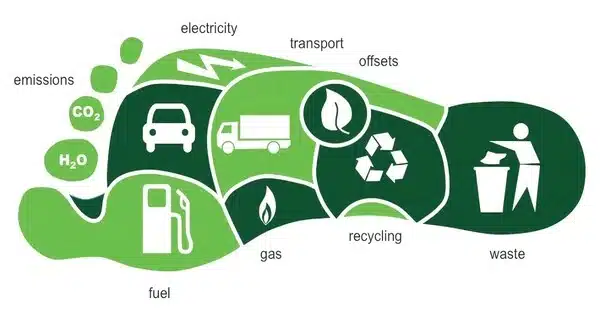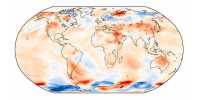The Global Footprint Network promotes the ecological footprint as a tool for measuring human demand on natural capital, i.e. the amount of nature required to support people and their economies. It is a measure of an individual’s, organization’s, community’s, or even a country’s environmental impact in terms of natural resources and ecosystem services used and waste generated. It monitors this demand using an ecological accounting system.
The accounts contrast the biologically productive area that people utilize for consumption with the biologically productive area that exists within a region, nation, or the world (biocapacity, the productive area that can renew what humans demand from nature). It calculates the amount of biologically productive land and water area needed to support a specific entity’s lifestyle, consumption patterns, and waste output while taking into account the planet’s potential to replenish these resources and absorb the waste. In a nutshell, it assesses human effect on the environment and whether or not that impact is sustainable.
Key points about the ecological footprint include:
- Resource Consumption: It takes into account various types of resource consumption, including food, energy, water, housing, transportation, and more. These resources are measured in terms of global hectares (gha), which represents the average productivity of the Earth’s ecosystems.
- Biocapacity: The Earth has a limited biocapacity – the ability to generate renewable resources and absorb waste, including carbon dioxide emissions. This capacity varies by region and ecosystem type.
- Comparison to Earth’s Capacity: The ecological footprint is compared to the Earth’s biocapacity to determine whether a particular entity’s resource consumption and waste production are within the planet’s ecological limits. If the ecological footprint exceeds the Earth’s biocapacity, it indicates overshoot, meaning that the entity is consuming resources and producing waste at an unsustainable rate.
- Categories: Ecological footprints can be broken down into several categories, including the carbon footprint (related to greenhouse gas emissions), the food footprint, the housing footprint, the transportation footprint, and more. Each of these categories focuses on specific aspects of consumption and environmental impact.
- Sustainability: The concept of the ecological footprint is often used to assess the sustainability of human activities. It helps individuals and organizations understand their environmental impact and make informed decisions to reduce it.
Ecological footprint analysis is widely utilized in support of sustainability evaluations all around the world. It enables people to assess and manage resource consumption throughout the economy, as well as investigate the long-term viability of individual lifestyles, commodities and services, companies, industry sectors, neighborhoods, cities, regions, and nations.
Reducing the ecological footprint is critical for long-term environmental sustainability and minimizing natural resource depletion and ecosystem damage. It entails implementing more environmentally friendly methods and technology in all parts of life, from transportation and energy usage to food production and consumption.













